Where water once thrived, crisis now flows.
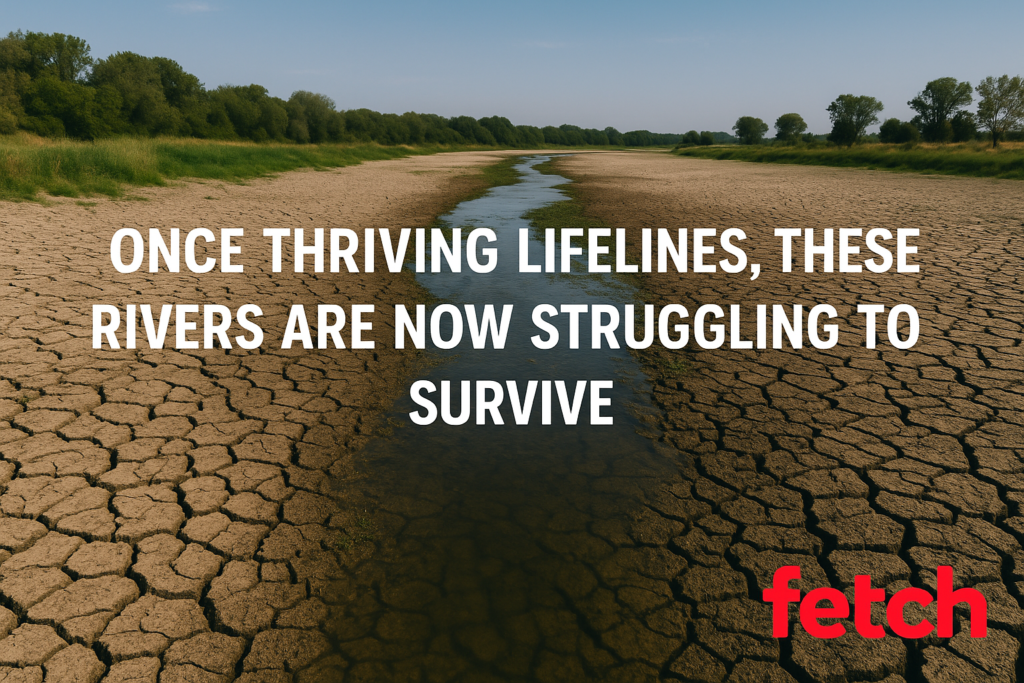
Rivers are the lifeblood of our planet, sustaining ecosystems, communities, and cultures. Yet, many are now teetering on the brink, threatened by pollution, overuse, and climate change. From the Amazon’s diminishing waves to the drying banks of the Rwizi, these waterways are sounding alarms we can’t afford to ignore. Dive into the stories of ten rivers battling for survival and discover why their fight is ours too.
1. Mississippi River, USA
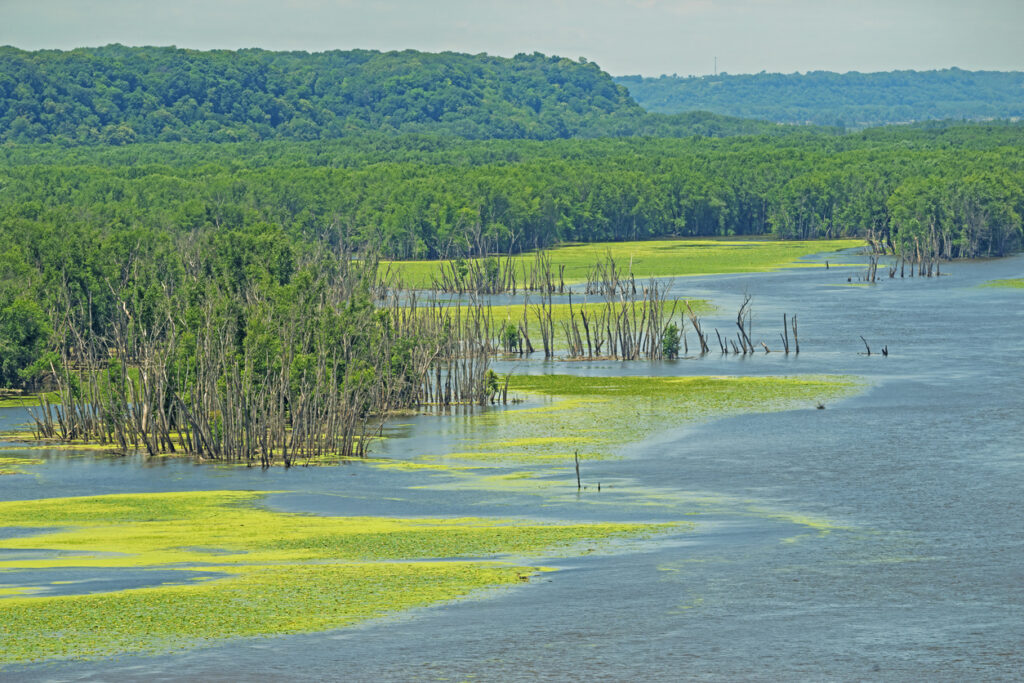
Stretching over 2,300 miles, the Mississippi River is a cornerstone of American history and commerce. However, it’s now grappling with intensified flooding and pollution, exacerbated by climate change and outdated infrastructure. Alterations in federal flood management policies have further compromised its resilience, putting communities and ecosystems at heightened risk. The river’s plight underscores the urgent need for comprehensive environmental reforms to safeguard its future. Source: The New Lede
2. Amazon River, Brazil
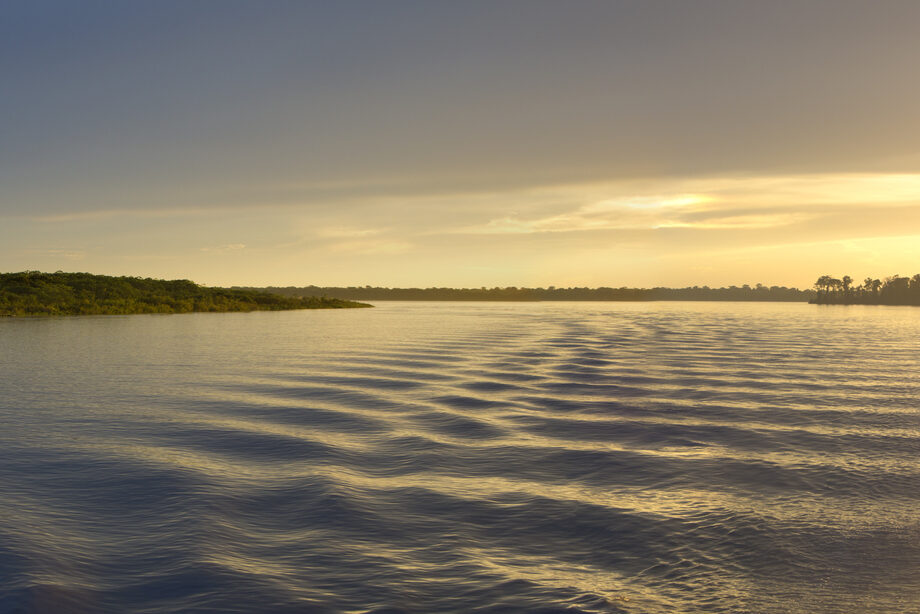
The Amazon River, renowned for its biodiversity and the unique tidal bore waves known as pororocas, is witnessing a decline in these natural phenomena. Deforestation, dam construction, and climate change have disrupted the river’s flow, leading to weaker waves and altered ecosystems. This transformation not only affects local traditions but also signals broader environmental shifts with global implications. Source: Reuters
3. Indus River, Pakistan
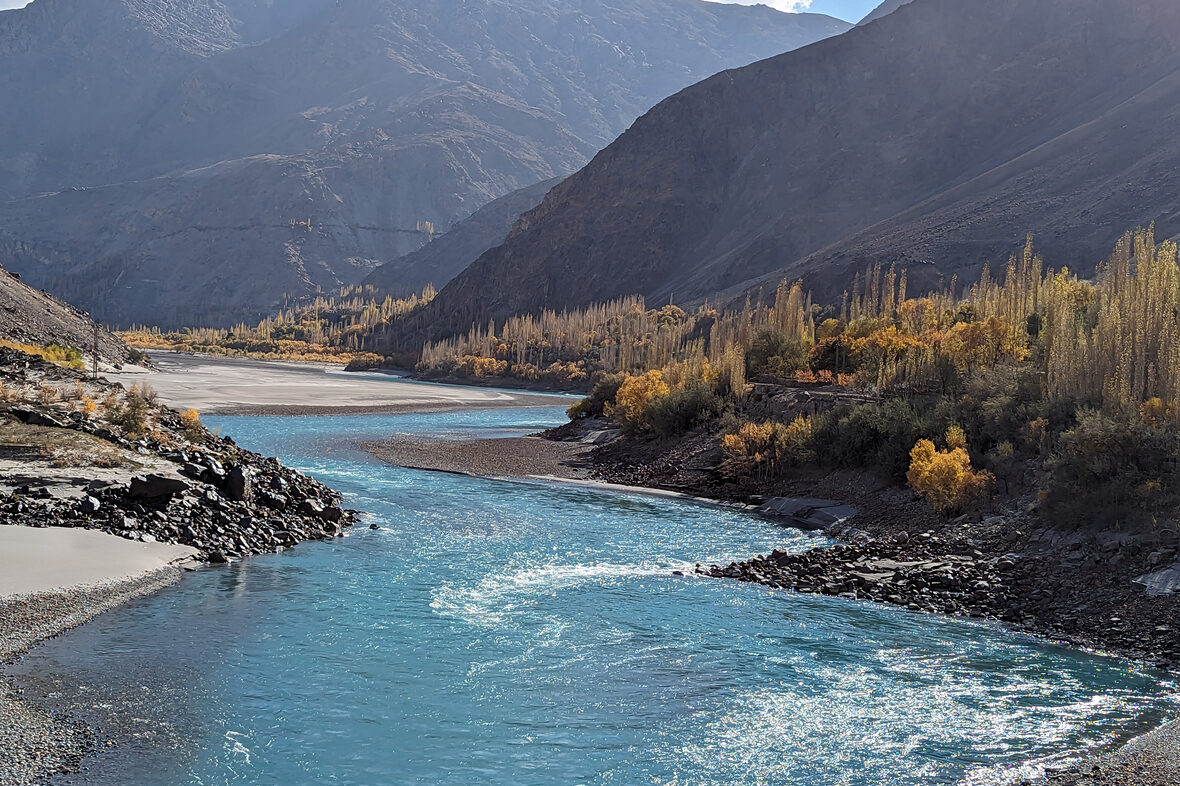
The Indus River is a lifeline for millions in Pakistan, supporting agriculture and daily life. Yet, it’s under threat from upstream water management changes and climate-induced challenges. The suspension of the Indus Waters Treaty by India has raised concerns over water security. Additionally, the river’s unique biodiversity, including the endangered Indus river dolphin, faces risks from habitat degradation and pollution. Source: The Times
4. Citarum River, Indonesia
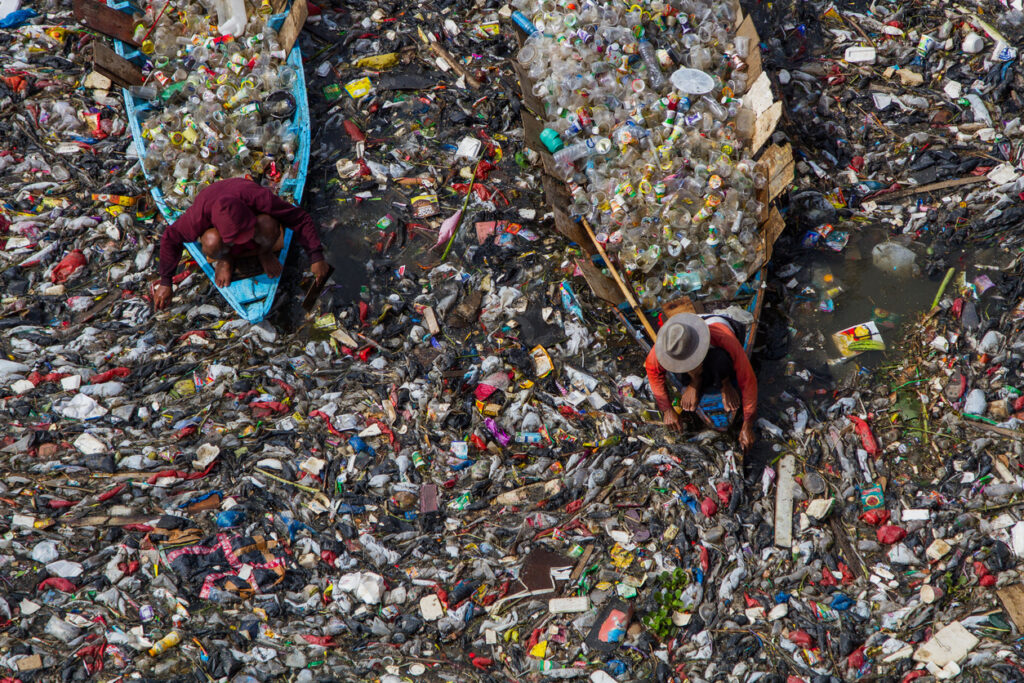
Once a vital resource for West Java, the Citarum River has become one of the world’s most polluted waterways. Industrial waste, plastic pollution, and deforestation have severely degraded its quality. Despite government-led cleanup efforts involving military intervention and significant investment, challenges persist due to inadequate enforcement and ongoing pollution sources.Source: Citarum | Wikipedia
5. Tana River, Kenya
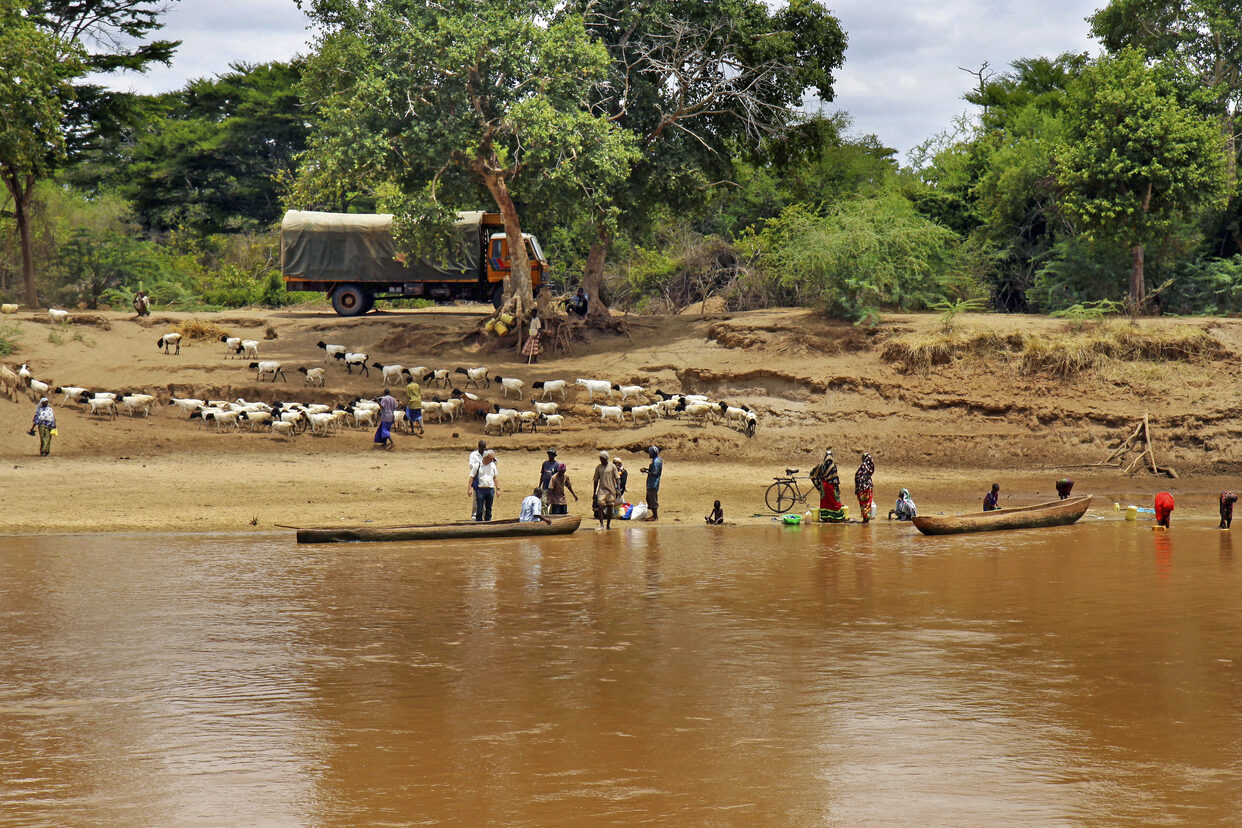
Kenya’s Tana River is crucial for both human livelihoods and wildlife. However, deforestation and agricultural expansion have led to significant habitat loss, threatening species like the critically endangered Tana River mangabey. The degradation of this riverine ecosystem highlights the delicate balance between development and conservation. Source: Tana | Wikipedia
6. River Rwizi, Uganda
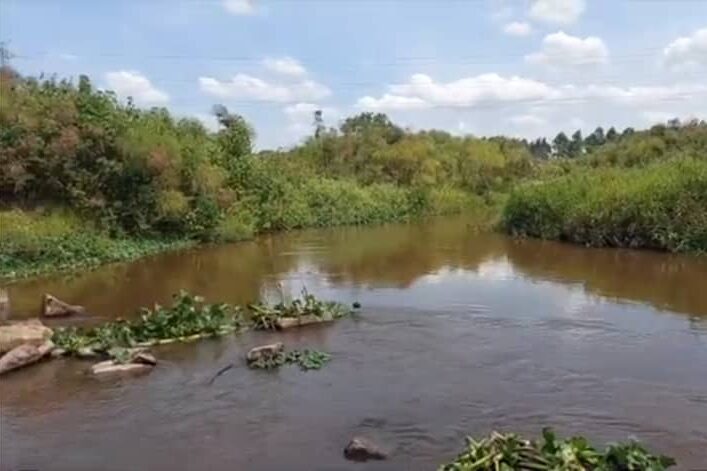
The River Rwizi has experienced a dramatic reduction in water levels, with some areas drying up entirely. Illegal land acquisition, deforestation, and pollution have compromised its flow, affecting millions who rely on it for water and agriculture. Efforts are underway to restore the river through reforestation and pollution control, but sustained action is needed to reverse the damage.
7. Vjosa River, Albania
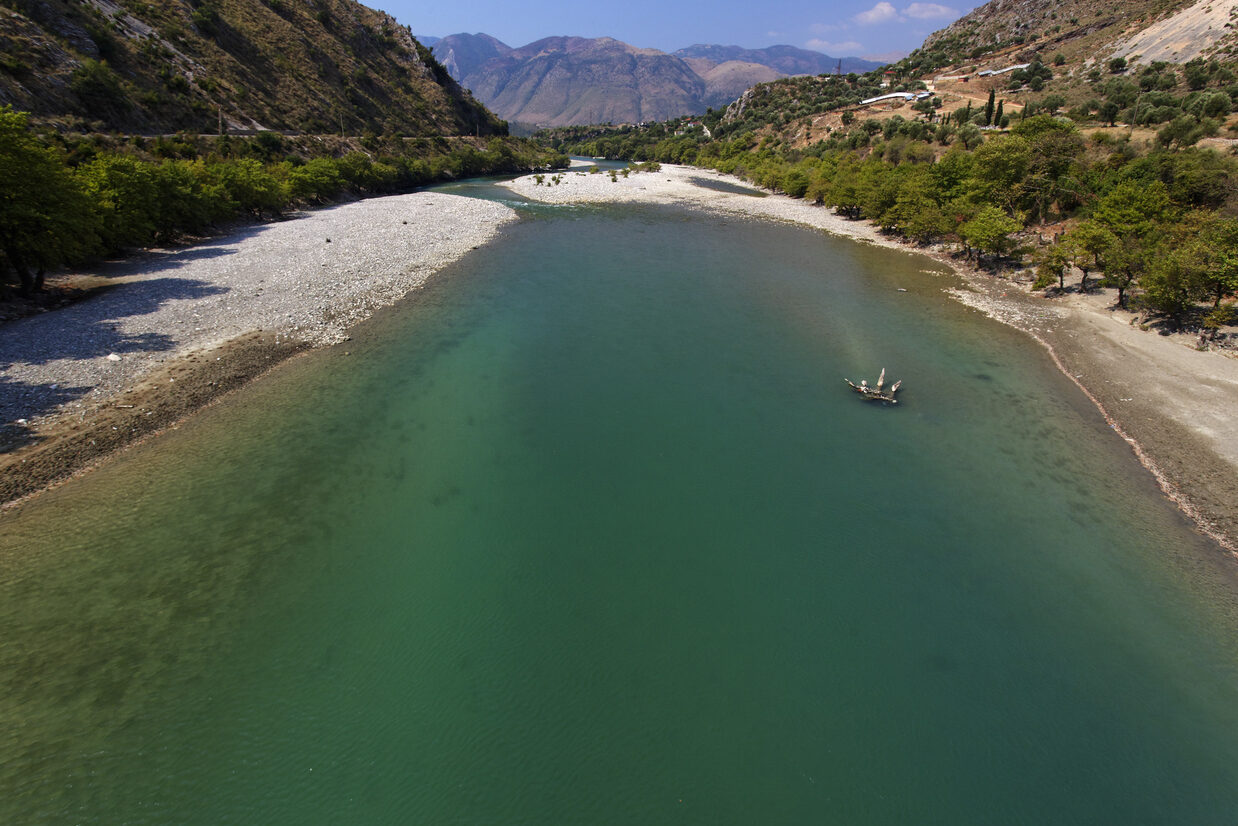
The Vjosa River stands as one of Europe’s last wild rivers, flowing freely through Albania and Greece. However, proposed hydropower projects threaten to disrupt its natural course, impacting local communities and ecosystems. Conservationists advocate for its protection, emphasizing the importance of preserving such untouched waterways in an increasingly developed world.
8. Thames River, United Kingdom
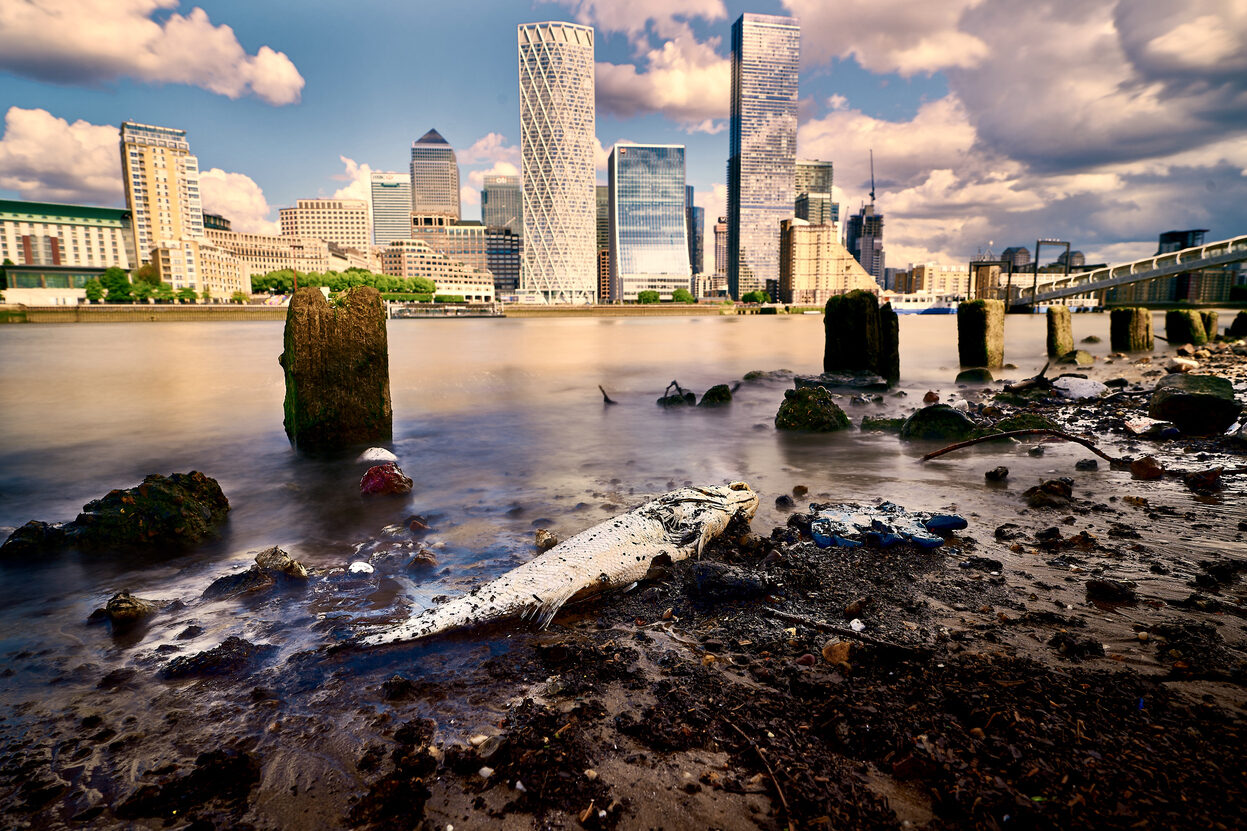
The Thames River, iconic and historically significant, faces modern challenges from pollution. Recent concerns over water quality, particularly bacterial contamination, have led to the cancellation of swimming events and raised public health alarms. The situation underscores the need for improved wastewater management and environmental regulations to ensure the river’s safety and vitality.
9. Lower Rio Grande, USA
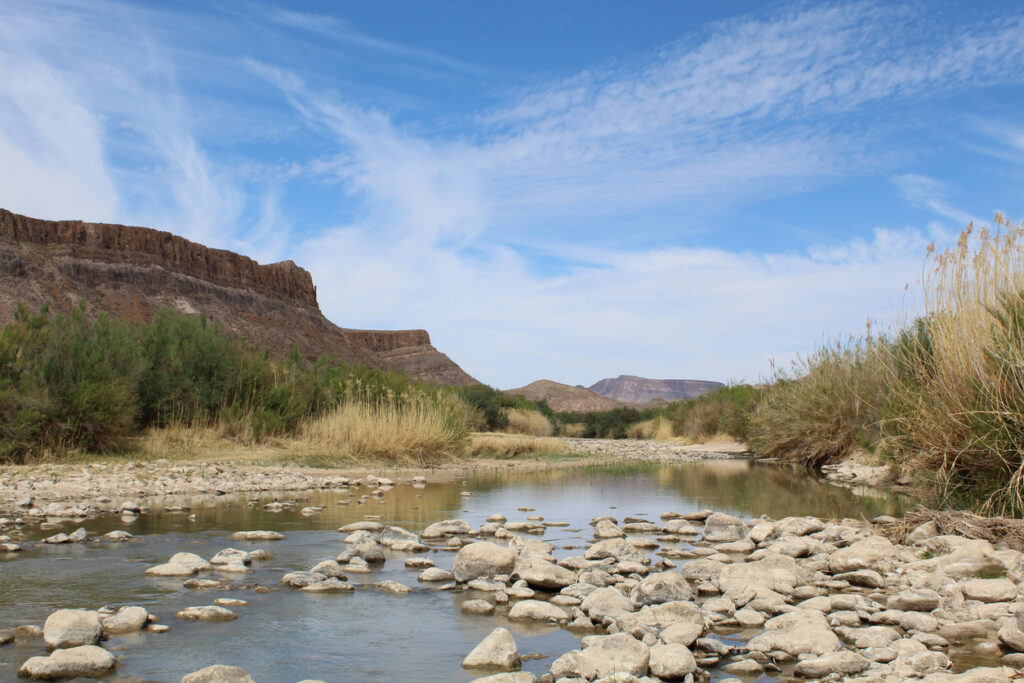
Flowing along the US-Mexico border, the Lower Rio Grande is vital for agriculture and biodiversity. However, over-extraction, pollution, and climate change have led to decreased water levels and habitat degradation. These challenges threaten the river’s ecological integrity and the communities that depend on it, calling for collaborative conservation efforts.
10. Congo River, Africa
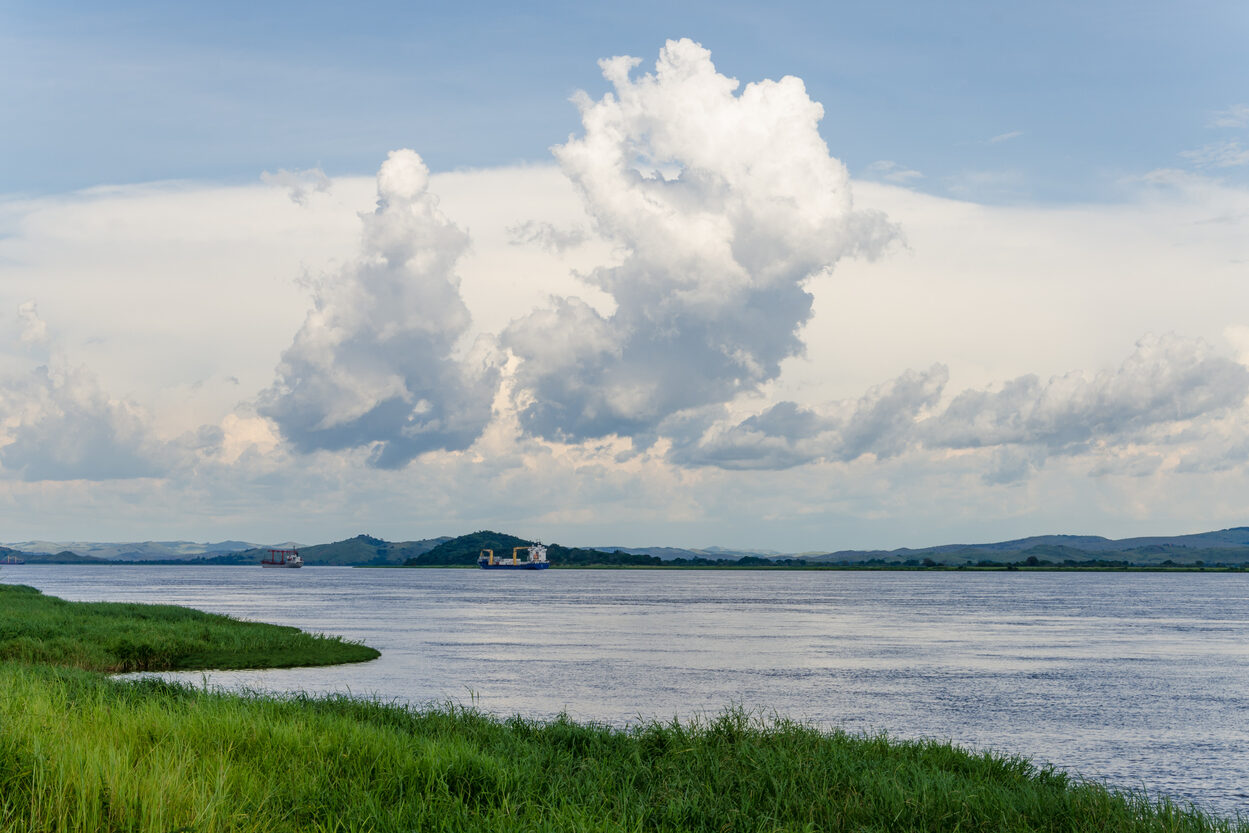
The Congo River, Africa’s second-longest, is a powerhouse of biodiversity and a crucial resource for millions. Yet, it’s facing threats from proposed hydropower projects and environmental changes. Balancing the region’s energy needs with the preservation of this vital ecosystem presents a complex challenge that requires sustainable planning and international cooperation.
Our rivers are more than just bodies of water, they’re the veins of our planet, nourishing life and culture. As these ten rivers fight for survival, they remind us of the delicate balance between progress and preservation. Stay informed, support conservation initiatives, and advocate for sustainable practices to ensure these waterways continue to thrive for generations to come.


